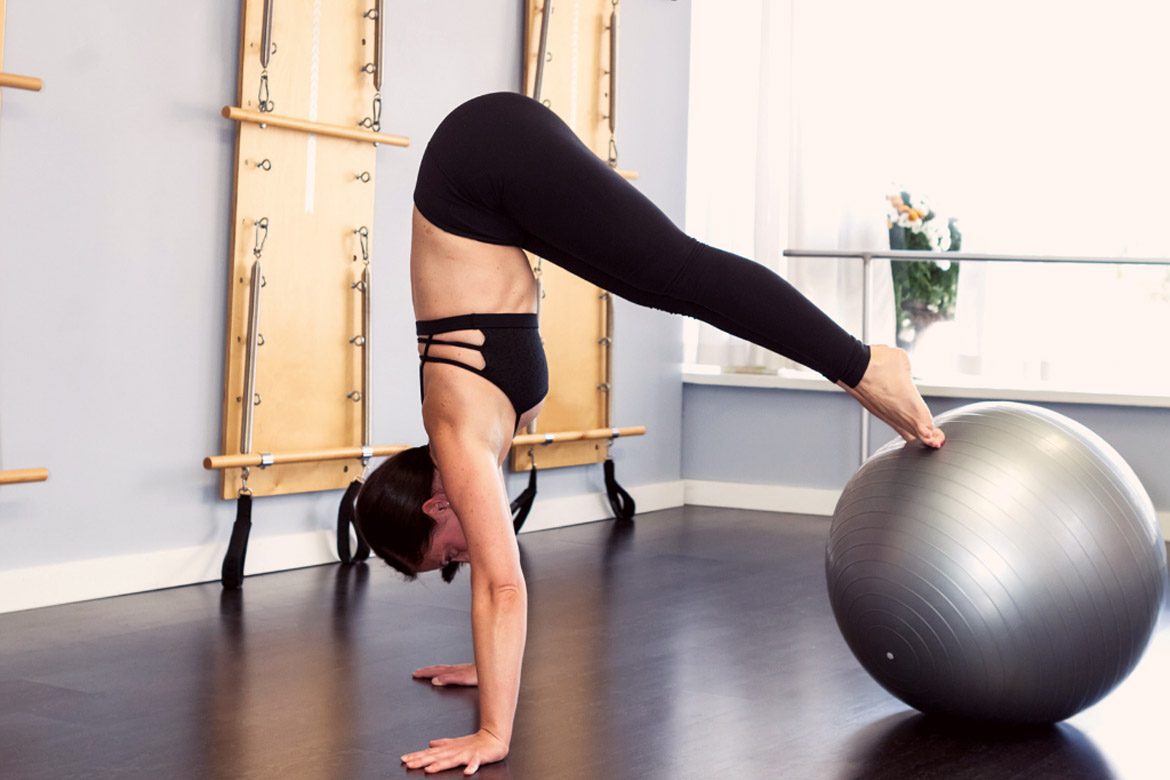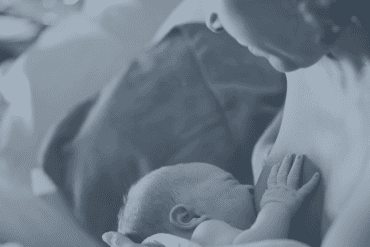By Kristy Ahale
Across 15 years of working helping people overcome pain and injuries, I’ve noticed it’s not just specific orthopaedic issues that can get in the way of us trying to do the right thing, exercise regularly, and become stronger than our lifestyle – so we feel amazing.
Sometimes it’s also trying to figure out how exercise now fits, not just with a changing body, but a changing routine that now has kids in the mix.
Here are the top 12 I hear most – about why it’s so hard to exercise consistently (and therefore feel like it’s worth the effort):
1 – Diastasis Recti
Abdominal separation (DRAM) is the widening of what’s called the linea alba – which sits in the middle of the rectus abdominis muscle (our six-pack). When the belly expands and rounds out, to allow for this change in our shape, this connective tissue stretches, which is totally normal.
When we don’t get adequate advice regarding deep core exercise, this condition can stay there – often made worse by doing the “wrong” types of exercise. This can make a lot of women scared to do anything at all.
But, the right exercises can close and heal a separation, even years later, and can be the best thing for your body overall.
2 – Back Pain
The latest statistics indicate that two in three women experience back pain at some stage postpartum. The deep spinal muscles that connect to the inner part of the core need to be programmed into our exercise schedule in order to get them working optimally again.
Otherwise we end up feeling that exercise makes our back pain worse, rather than better. If this is the case for you, get both your program and your technique checked.
3 – Pelvic Floor Dysfunction
Whether it’s not strong enough, or overactive (known as hypertonic), a pelvic floor that can’t contract or relax properly is super common. Too often this is because women aren’t being given the information needed to re-integrate the pelvic floor into the rest of the body.
Contracting it over and over again is OK for the first few weeks post-birth. After that we need to move on, or it can create problems such as muscular imbalances, pressure on the bladder and trigger points (leading to hypertonicity).
A great exercise program will show you how to activate the pelvic floor (not clench it), release it fully, and then integrate it.
4 – Knowing How to Ever Get Into Jogging or Running Again
Knowing how to progress from rehab exercises to fitness exercises is one of the biggest dilemmas I see for women trying to do the right thing and return to exercise after having kids.
Most programs are either pitched too easy (basic rehab) or too hard (fitness regimes that can cause issues).
What about the gap in the middle?
This is where “returning to running” training comes in.
This involves connecting to our feet (which link to the pelvic floor!), stabilising the knees and the pelvis, and then starting to jog again with specific core activation techniques.
This trains the body to work this way automatically, so you don’t have to worry, and can rely on and trust your body when you need to run, or jump.
5 – Lifting Heavy Weights
Whether it’s your growing baby or the desire to get into the gym and get strong, a lot of women postpartum tend to be concerned about lifting anything too heavy – for fear of damaging their back, neck, knees, shoulders… pretty much all of it.
Joint laxity during pregnancy, and then for at least a few months postpartum, means that it’s important to build up what’s called tensile strength before lifting heavy weights. This is not muscular strength, but instead it’s getting the connnective tissue, ligaments and tendons strong enough to support the joints. Once this is done you can lift heavy and will stay injury free.
6 – Knowing How to Progress an Exercise Program the Right Way
Too easy – no result. Too hard – the wrong result. If a program is pitched too hard, it recruits all of the outer, bracing type of muscles.
The problem with this is that the inner, stabilising muscles never get a chance to work, and then integrate so the body works as a whole. And it’s our deep inner core we are trying to get to function again post-birth.
The result – a body that’s only using half the muscles at each joint, making the workout only half as effective.











